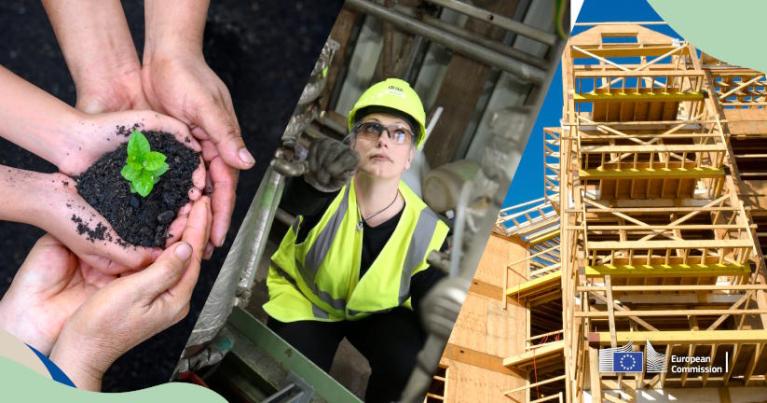Carbon is the atom of life, of our societies and economies. It is part of our DNA, the food we eat, the products we use every day, the fuels that power our homes, vehicles and factories, the materials we use to build our cities.
Permanent carbon removal refers to activities removing carbon dioxide from the atmosphere and storing it securely and durably for several centuries.
The land sector plays a vital role in achieving the EU’s 2050 climate neutrality target by capturing CO₂ and storing it in soils and biomass.

